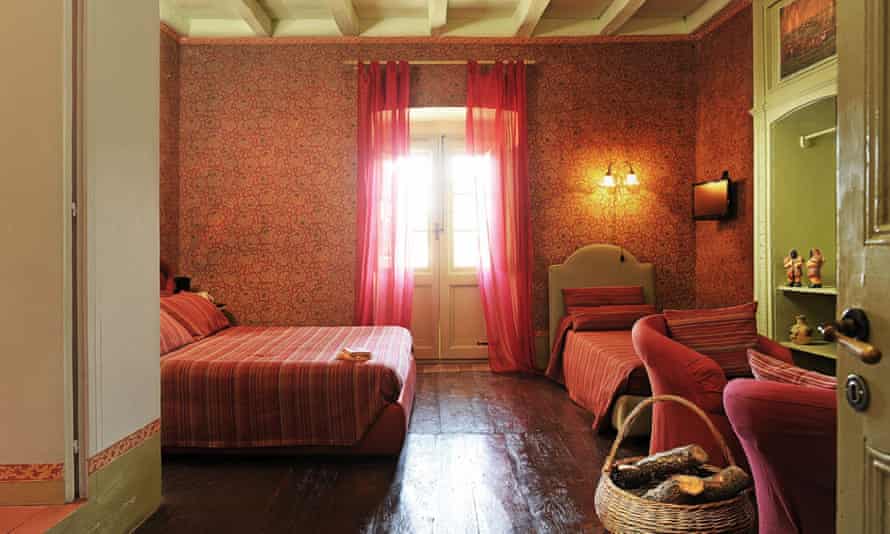It’s now more than two years since Italy was the first western country to declare a nationwide lockdown. After travel started again, some Italophiles were surprised to find a country with a very un-British attitude to queues and personal space suddenly distant and obedient. Even now there is noticeably less kissing and hugging in streets and squares.
But everything else that makes Italy such a favourite – food, wine, history, art, landscapes and people – is still there to be savoured, and all the more rewarding off the beaten tourist track.
Oristano and the Sinis, Sardinia
Halfway up the island’s west coast, Oristano province has been much less affected by tourism than Alghero or Cagliari. Yet it boasts an elegant, historic capital, dramatic landscapes in the Monte Arci national park and unspoilt, unusual beaches on the Sinis peninsula.
Oristano town has a baroque cathedral, the island’s biggest, and an archaeology museum – but the chief pleasure is strolling the pedestrianised pink- and cream-painted streets between Piazza Roma, with its 13th-century defence tower, and Piazza Eleonora, named after an early feminist and ecowarrior, Eleonora d’Arborea. (A rare female judge in the 14th century, she made landmark rulings on rape, women’s rights and wildlife protection that stood for 400 years, until superseded in 1827.)
To its west – beyond the Cabras lagoon, which is home to 800 nesting flamingoes and the source of some of the world’s best bottarga (cured fish roe) – the Sinis peninsula is flat and rural, with myriad beaches, from Is Arenas in the north to San Giovanni di Sinis in the south. The latter is an arc of fine sand backed by low cliffs close to the ruins of Tharros (open daily, April-October), a Phoenician-Roman port abandoned in 1070 in the face of repeated pirate attacks. The most striking beach is Is Arutas, further north: glistening between ochre rocks, its “sand” is actually tiny white quartz pebbles, resembling risotto rice. The peninsula is perfect for cycling: bikes can be hired from bikeor.it in Oristano, or from hotels and agriturismos.
A half-hour drive inland, Santu Lussurgiu is a 1,000-year-old village in the caldera of an extinct volcano. It’s hard not to be charmed by its Museum of Peasant Technology (Wed-Sun, €5) showing tools, toys and household implements from years gone by.
Where to stay
Minutes from Putzu Idu beach, in the northern Sinis, low-rise,…
Click Here to Read the Full Original Article at Travel | The Guardian…
